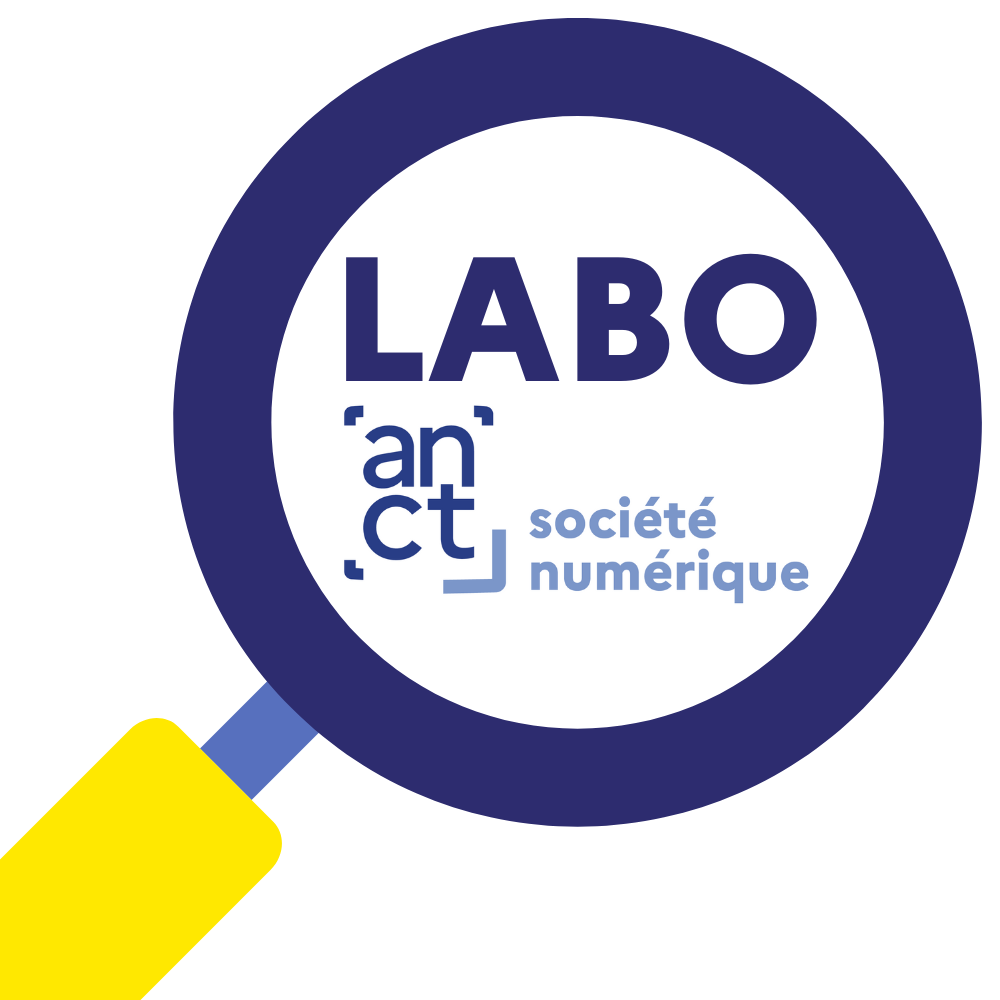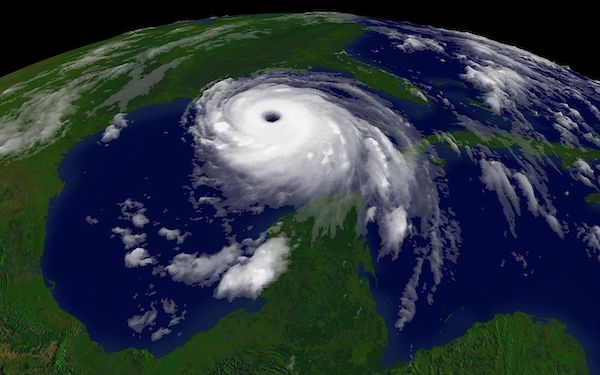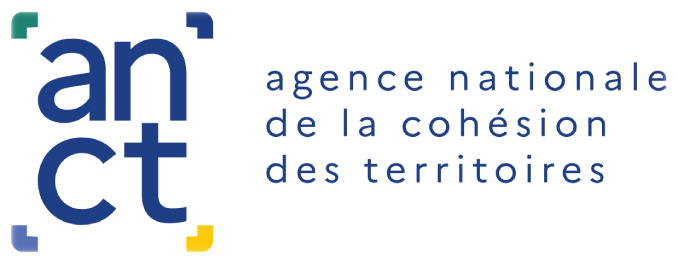As in previous disasters (tsunami in Japan, Virginia earthquake, Hurricane Irene, Hurricane Sandy...), the telephone networks were quickly saturated, and calls for help and rescue operations switched, in a hurry, to mobile services and social networks.
- Authorities - police, fire, coast guard, city hall - used their official Twitter and Facebook accounts, to broadcast evacuation orders or report which counties were under water or to ask boat owners to participate in rescue operations.
- Twitter users took the initiative to send addresses of victims who needed to be rescued, including details of the number of people and their condition, to the platform: this information was intended both for the rescue services and for citizens who were rescuing others with boats or kayaks
- The comment areas of Facebook pages, messages on Twitter or hashtags such as #HoustonFlood1 have become a kind of forum, a place to help each other, to organize and to exchange crucial information to help people who are sometimes in desperate situations.
- Twitter accounts specifically dedicated to calls for help appeared, such as@HarveyRescue, to record and broadcast distress messages to professionals and individuals who were patrolling the flooded streets on their boats.
- On Facebook, a group called Hurricane Harvey 2017 - Together We Will Make It; TOGETHER WE WILL REBUILD has been a hub of information, addresses and people looking for their loved ones.
Emergency Mapping
Rescue services have turned to GoogleMaps to share maps (such as Hurricane Harvey Rescue or Rescue Houston) to identify people and groups trapped by rising water, to identify where interventions are still needed and where rescues have been completed. Blue pins point to people seeking help, while red pins mark those who need help as quickly as possible. Some descriptions are simple ("3 people including a pregnant woman and a pet") while others provide more detail (" 85 year old man trapped on the 2nd floor of his house and water is rising!" ).Social applications converted into rescue services
In addition to platforms like Facebook, Reddit, and Twitter, a few apps have proven useful for isolated people to connect with rescuers and get the latest information.- A few local authorities used the neighborhood social community network Nextdoor to communicate with their residents. The Harris County Sheriffs Office used its Nextdoor account to post regular updates, as did the Houston Office of Emergency Management and the Houston Police Department.
- People in need of help have used Zello, a walkie-talkie app, to get in touch with first responders. The app has a simple push-to-talk interface that allows people to send messages (voice or text) or images to rescue channels. Zello was used for real-time updates of road closures or location of where volunteers were most needed.
- Some rescue services used the real-time location sharing app Glympse. Combined with Zello, it allowed people to coordinate with nearby rescue workers.
- Mashable also mentions the use of Pawboost, an app for sharing information about missing pets.
Snapchat to bear witness to the devastation of Hurricane Harvey
Photo and video sharing apps like Snapchat have allowed residents to show the effects of the hurricane and flooding: in places that television cameras could not reach: to guide relief efforts but also to bear witness and immortalize the effects of the disaster. Hundreds of thousands of photos are thus accessible to the public. The relatively new "event" function allows users to find their friends by locating them on a map and to discover all the public snaps in a given geographical area.Références :





